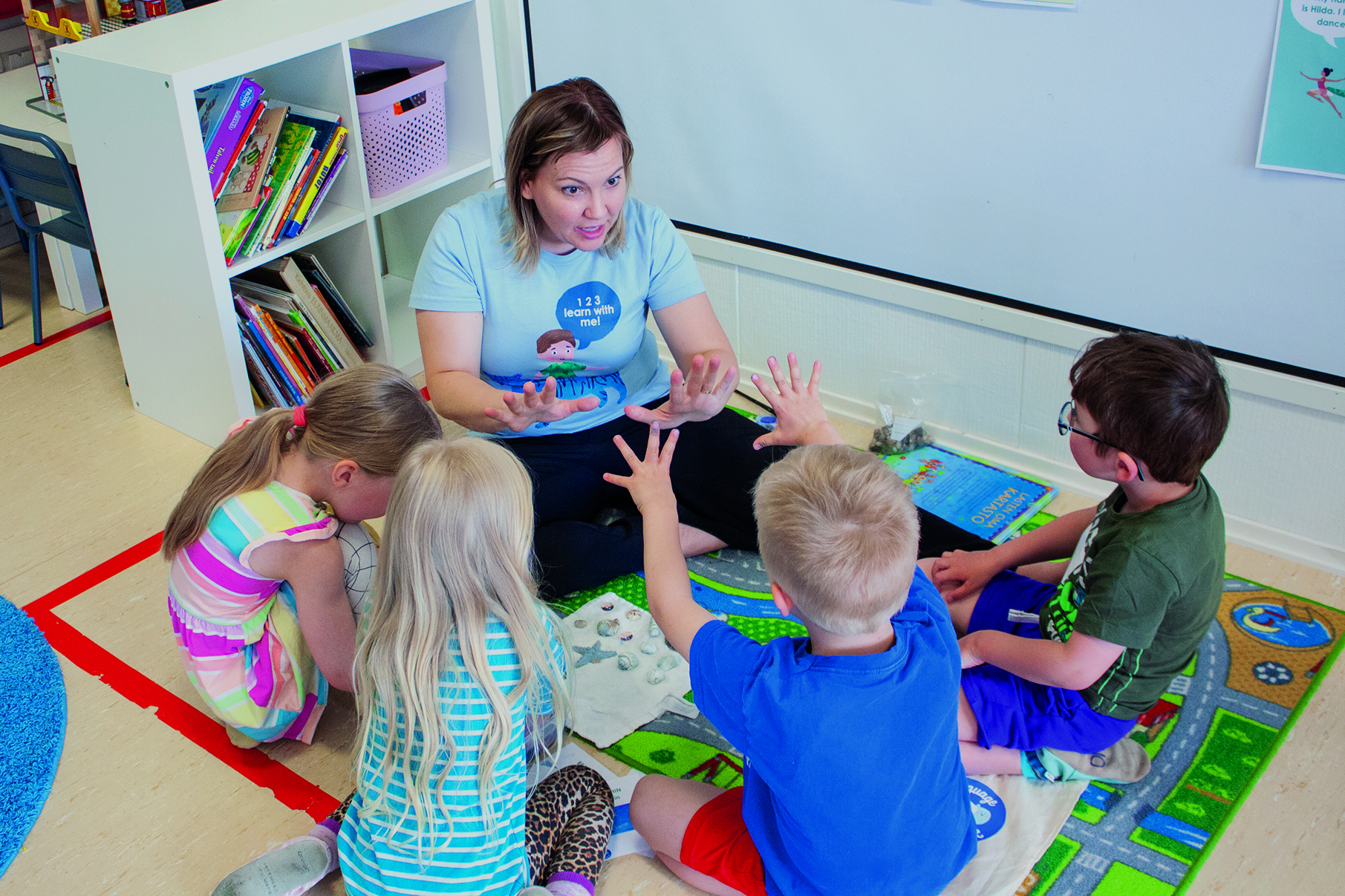My second blog post introduces five core principles in Teaching English as a Second Language based on research fundamentals of language and bilingual education. It is a rewarding task to teach English as a Second Language and a continual learning process. This is why I want to share with you five core principles:
- BE…Flexible: by supporting the flexible use of two languages and by promoting a child centered model which is a key principle in the preschool curricula. In addition, adapt bilingual practices and models with language educational policies and supporting the developmental needs of young children in classroom language practices. Nowadays children may have multilingual backgrounds and teachers need to be aware of this and realize that all languages are of equal importance. Parents need to be reassured that their family heritage and language isn’t being set aside or replaced while their children are learning additional languages at preschool. By giving support to continue using their heritage language at home. Research has shown that children who do not sufficiently learn their heritage language often have difficulties in acquiring and mastering a second language which can even result in social and emotional problems. By being flexible you foster positive attitudes towards language and language learning. Through this approach teachers can prepare and pave the way for successful language learning.
- BE…Equipped: by using research- based methods in order to maximize second language learning. In a 2009 study, Garcia emphasized that responsible code-switching is a core classroom practice in flexible bilingual models. The focus should be on quality and quantity of second language learning and avoiding direct translations realizing that languages can be used for different purposes e.g. using majority languages in giving instructions and handling emotional content and second language for concrete and conventional knowledge.
- BE…Skillful: by using contextual and linguistic supports in the classroom. Scaffolding technique is a skillful and dynamic way to implement second language learning through introducing small amounts of new content and knowledge at a time e.g. preparing the child for a new story by first pre-learning vocabulary and providing visual aids. The skillful use of body language and gestures is an important and invaluable way to support and emphasize contexts and thus increasing understanding. The skilled use of humor with concrete content increases motivation for young learners e.g. pull a plush dog out of the bag and pretend it is a monkey and feed it bananas. The children are sure to enjoy correcting you that the plush dog is not a monkey and does not eat bananas.
- BE…Sensitive: by being conscious and aware of each child’s individual learning needs. Every child is a unique individual and has his/her own needs and personality which affect language development. Pedagogical evaluations are crucial in order to monitor competence and development of an individual’s learning. In Finland, an individual learning plan is developed for each child as part of their early childhood education. On that foundation the teacher is able to implement methods and policies into practice while remaining sensitive to the individual child’s learning needs.
- BE…Authentic: by being a role model who is transparent and approachable and who is fun being with. Being authentic provides a positive learning environment and encourages the child to participate without fear of making mistakes. A majority language teacher can also speak a minority language. Both languages are used and heard on a regular basis. Facilitate positive attitudes in language learning and speaking, always being available and encouraging the children. Building a respect for and an understanding of languages, cultures and 21st century skills is an important objective and milestone to achieve in preschool education.
Our online program supports these principles and enables teachers of any linguistic background to feel safe and secure when teaching English as a second language. Active and functional learning is crucial when teaching young children and social interaction with the group and teacher encourages and engages learning. Our program focuses on face-to-face interaction, playful and active learning, and facilitates the teacher as an active role-model. This way the children are motivated to learn English as a second language and gain twenty first century skills.
Becky Luoma


 Linkedin
Linkedin
 Facebook
Facebook
 Instagram
Instagram
 Youtube
Youtube
